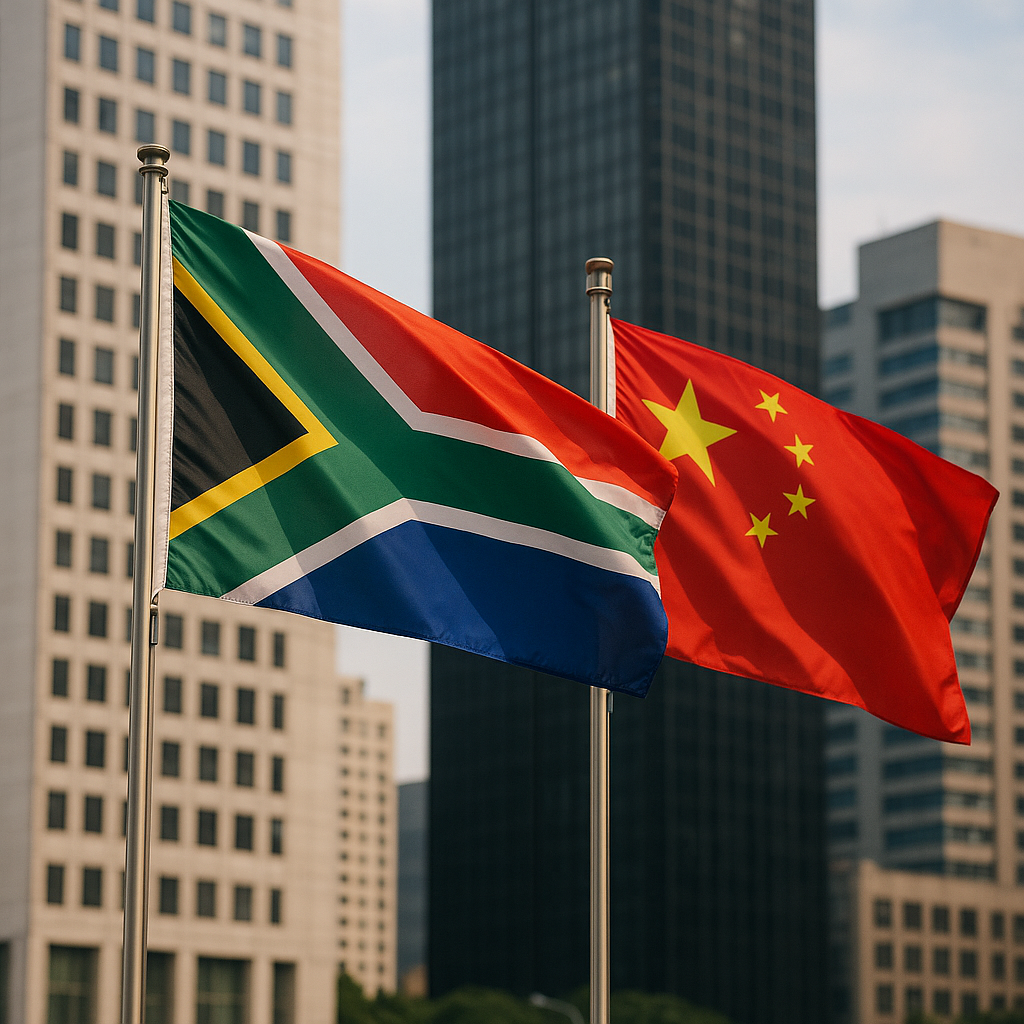South Africa is rethinking its global trade strategy as longstanding ties with the United States come under pressure. In early 2025, the U.S. government introduced steep tariffs of up to 30 percent on key South African exports. These measures have largely canceled out the benefits the country once received through the African Growth and Opportunity Act, a program that had supported duty-free access to U.S. markets for over two decades.
With access to U.S. markets shrinking, South Africa is turning its attention eastward. According to a recent analysis by AInvest, the country is actively deepening its relationships with China and other BRICS members as part of a broader effort to diversify its trade partnerships. This includes renewed investment dialogue, supply chain collaboration, and an increasing shift toward Chinese technology and infrastructure support.
Trade Minister Parks Tau emphasized that South Africa must reduce its exposure to any one market and build resilience through strategic partnerships. The pivot to China is not just about economics, but also reflects broader political alignment within the BRICS framework. China already accounts for a significant portion of South Africa’s trade, and new agreements are expected to further expand cooperation in manufacturing, logistics, and digital infrastructure.
While the move may mark a departure from traditional Western trade routes, it also presents opportunities. South Africa is aiming to reposition itself as a regional hub for Chinese investment into Southern Africa, while promoting African exports to Asia through more stable and predictable channels.
The coming months will show how this pivot plays out in practical terms, but one thing is clear—South Africa is adjusting to a changing global trade environment by betting on new partnerships that align with its long-term goals.
Source: “Navigating Geopolitical Crosscurrents: South Africa’s Strategic Diversification Amid Trade Tensions,” AInvest, July 2025


